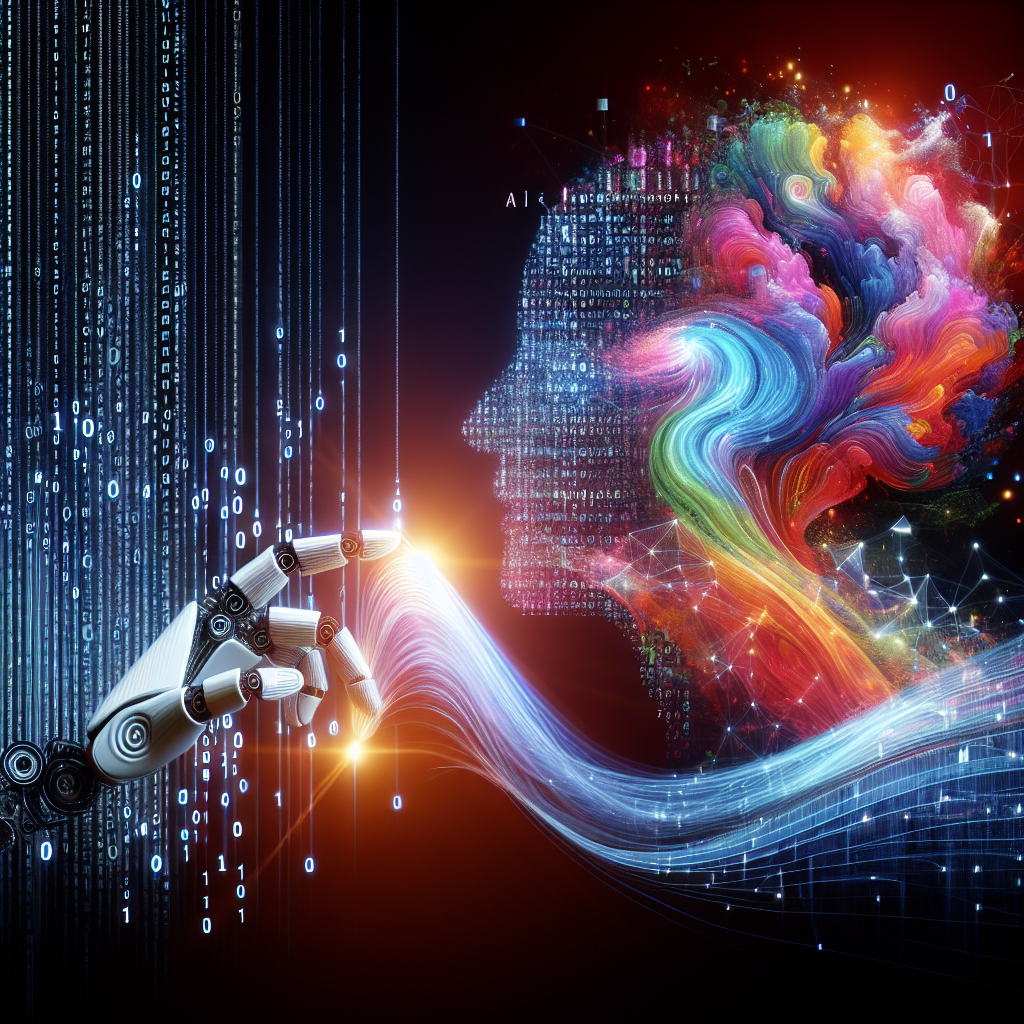Recently, the fusion of technology and creativity has significantly altered the landscape across various creative sectors. Generative AI has surfaced as a formidable tool, able to create artwork, music, literature, and design concepts at remarkable speeds. This article delves into how generative AI is transforming creative fields, sparking innovation, and raising crucial inquiries about authorship and originality.
The Mechanisms of Generative AI
Generative AI encompasses algorithms designed to produce new content from existing data. By leveraging techniques such as machine learning, deep learning, and natural language processing, these systems scrutinize large datasets to discern patterns and generate unique outputs. For example, models like OpenAI’s DALL-E and GPT-3 can create intricate images from text prompts or craft cohesive narratives in mere seconds.
Transforming Artistic Expression
-
Visual Arts: Artists are increasingly incorporating generative AI into their creative processes. Tools like DALL-E and Midjourney empower users to create visually captivating artworks by entering simple prompts. This not only enriches the artistic endeavor but also democratizes art creation, allowing individuals without formal education to explore their creativity.
-
Music: Within the music realm, AI platforms such as AIVA and OpenAI’s MuseNet compose music across varied styles and genres. Producers and musicians adopt these tools to spark fresh ideas or collaborate with AI as co-creators, merging human emotions with machine efficiency to craft innovative soundscapes.
- Literature: The influence of generative AI on writing is equally significant. Platforms like Sudowrite support authors by proposing plot points, characters, and dialogues. This partnership can help overcome writer’s block and elevate storytelling, leading to distinctive narrative experiences that blend human insight with AI creativity.
Redefining Design and Advertising
In the realms of design and advertising, generative AI is reshaping how professionals formulate campaigns and branding materials. For instance, AI-driven tools can produce logos, layouts, and even full advertising campaigns based on analysis of target audience data and market trends. This boosts creativity while delivering insights that can refine marketing strategies.
The Ethical Considerations
Despite the excitement surrounding generative AI, it raises intricate ethical dilemmas. Who owns the content created by AI? Can algorithmically produced digital creations be labeled as art? These inquiries challenge conventional ideas of authorship and creativity. As legal structures struggle to match the pace of technology, creative professionals must navigate the ambiguous boundaries between human and machine-generated art.
Democratization of Creativity
A key advantage of generative AI is its potential to democratize creativity. With accessible AI tools, individuals from varied backgrounds can express themselves, regardless of their technical expertise. This shift is poised to expand the artistic landscape, as new voices rise in numerous creative fields.
Future Prospects
Looking forward, generative AI will likely continue to advance, propelling innovation throughout creative industries. As these technologies become more refined, they may facilitate collaborative efforts, enabling human creators to partner with AI in ways that enhance the creative process while preserving the distinctly human touch.
Conclusion
From code to canvas, generative AI is redefining the frontiers of artistic expression. By intertwining technology with creativity, a new era is emerging that not only enriches the creative journey but also questions traditional concepts of authorship and originality. As we traverse this complex terrain, the synergy of human creativity and artificial intelligence could reshape the future of art and design, fostering a creative renaissance driven by innovation and inclusivity.
In this transformative experience, it is vital to embrace new possibilities while critically addressing the ethical and philosophical challenges that arise, ensuring a harmonious coexistence of human artistry and machine-generated creativity.

